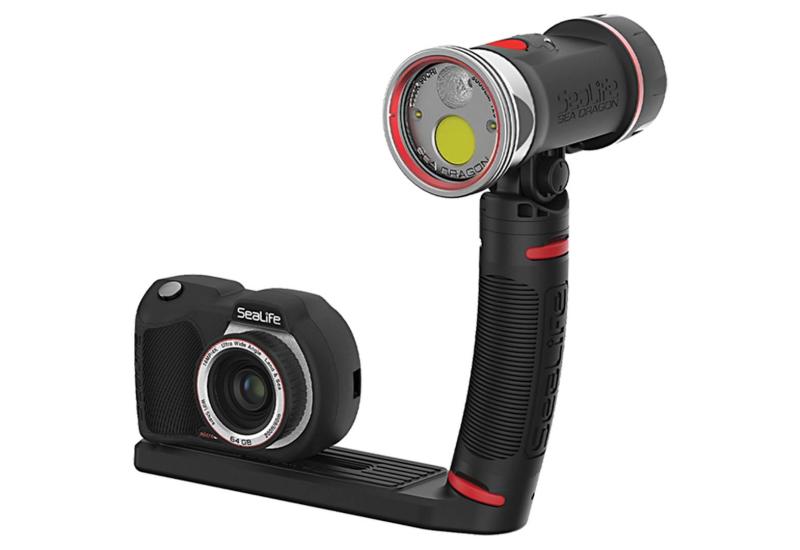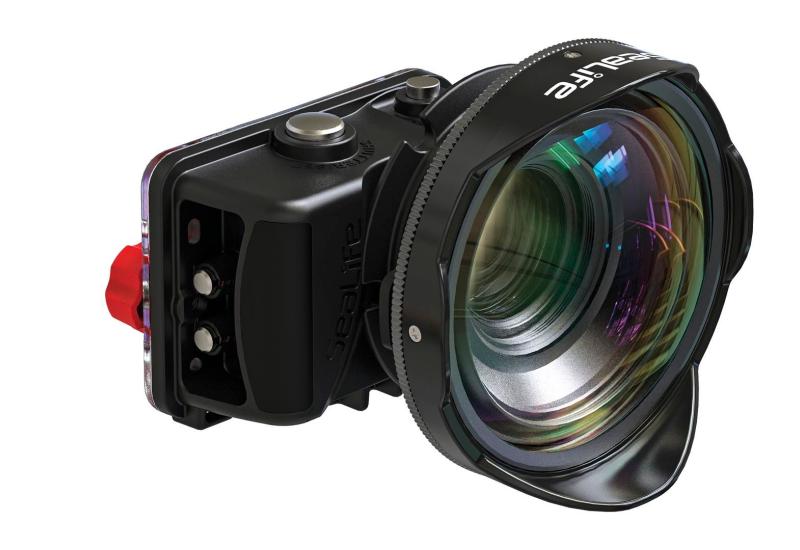GoPro in Action [Imaging+]

Backscatter GoPro Jim Decker
It seems like every diver we know has a GoPro HD Hero camera nowadays. And why not? For around $300, GoPro has packed a wide-angle video rig into an extremely compact size, something that can fit in a pocket. But are you getting the best possible results?
Because there are few controls aside from start and stop recording, these five add-ons will yield dramatically better results.
Use a flat-lens housing. Simply put, you need a new housing because the stock GoPro housing dome lens won’t focus underwater. Flat-lens housings from Backscatter, Eye of Mine and Blur Fix solve this issue. (Go Pro expects to have a flat-lens housing later this year.)
Monitor back helps you see. The GoPro LCD Back Pac is an LCD screen that attaches to the back of the GoPro. It’s a must-have in order to better frame your shots.
Use a color correction filter. From 10 to 40 feet in bright conditions, a color correction filter will bring back those lost reds and make a dramatic difference. Remember to shoot with the sun at your back to get a well-lit scene.
Use lights below 40 feet. Below 40 feet, a color correction filter loses its effectiveness as reds disappear. Use a video light on a primary foreground subject close to the camera, as lights work best in close range.
Use a tripod. Camera shake is a challenge with a small camera. A tripod will provide a stable base and makes a big difference in the quality of your footage. Tripods also allow you to get creative and experiment with fun techniques like underwater time lapse photography. Joby tripods have flexible legs that won’t break down in salt water. _ _
An underwater photographer and videographer, Jim Decker is the CEO of Backscatter (backscatter.com). In each Image+ column, he will tackle practical problems in underwater photography and videography.

It seems like every diver we know has a GoPro HD Hero camera nowadays. And why not? For around $300, GoPro has packed a wide-angle video rig into an extremely compact size, something that can fit in a pocket. But are you getting the best possible results?
Because there are few controls aside from start and stop recording, these five add-ons will yield dramatically better results.
Use a flat-lens housing. Simply put, you need a new housing because the stock GoPro housing dome lens won’t focus underwater. Flat-lens housings from Backscatter, Eye of Mine and Blur Fix solve this issue. (Go Pro expects to have a flat-lens housing later this year.)
Monitor back helps you see. The GoPro LCD Back Pac is an LCD screen that attaches to the back of the GoPro. It’s a must-have in order to better frame your shots.
Use a color correction filter. From 10 to 40 feet in bright conditions, a color correction filter will bring back those lost reds and make a dramatic difference. Remember to shoot with the sun at your back to get a well-lit scene.
Use lights below 40 feet. Below 40 feet, a color correction filter loses its effectiveness as reds disappear. Use a video light on a primary foreground subject close to the camera, as lights work best in close range.
Use a tripod. Camera shake is a challenge with a small camera. A tripod will provide a stable base and makes a big difference in the quality of your footage. Tripods also allow you to get creative and experiment with fun techniques like underwater time lapse photography. Joby tripods have flexible legs that won’t break down in salt water. _ _
An underwater photographer and videographer, Jim Decker is the CEO of Backscatter (backscatter.com). In each Image+ column, he will tackle practical problems in underwater photography and videography.










